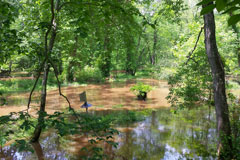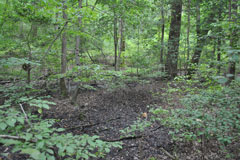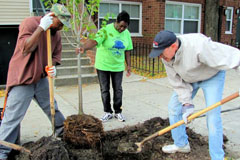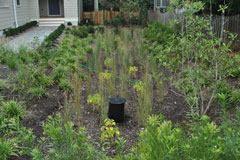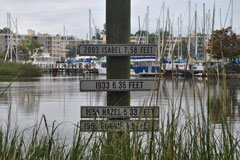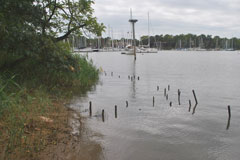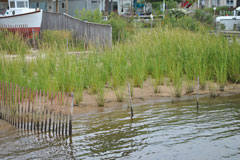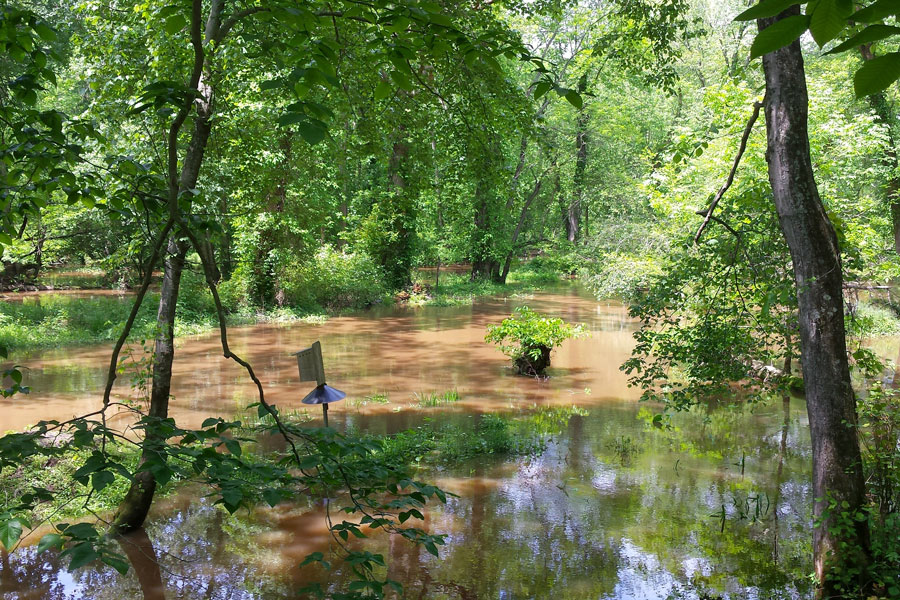For purposes of our project, we use the term climate resiliency to refer to the ability to resist or mitigate the negative impacts of the changing climate in Maryland’s coastal zone including watersheds that empty into the Chesapeake Bay. The negative effects primarily examined include rising sea levels, increased precipitation and corresponding increased stream flows and greater storm water runoff, and coastal storm damage from wave erosion and storm surge.
In looking to what services could be provided by green infrastructure – that is, natural features such as forests and wetlands as well bioengineered approaches, such as bioswales, raingardens, and green streets – we focused on how green infrastructure could buffer or mitigate physical damage to communities, built infrastructure such as roads and hospitals, and ecosystem features themselves. These mitigating services are examples of climate resiliency.
The term resiliency also is used to refer to social and economic factors that can determine how well specific populations or neighborhoods can weather and recover from significant climate-caused impacts. While some social and economic factors were included in our green infrastructure analysis, these aspects were not the primary focus of the project.
